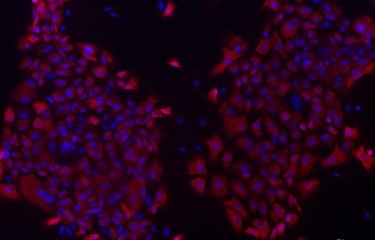By examining vaccine coverage of invasive meningococcal infections in conjunction with genomic and pathophysiological analyses, it was possible to detect a new genotype in meningococcal serogroup W and characterize the emergence of the resulting bacterial strain. This combined approach has been a useful decision-making tool in implementing measures to control invasive meningococcal infections in the Hauts-de-France region.
Invasive meningococcal infections can potentially lead to outbreaks and thus require rapid and effective public health measures. Due to the highly diverse range of bacterial strains in circulation, effective methods of epidemiological surveillance are required for these infections in order to distinguish between the various strains and detect the emergence of new variants. The Invasive Bacterial Infections Unit, which hosts the National Reference Center (CNR) for Meningococci and Haemophilus influenza, works closely with Santé publique France to ensure that this high level of surveillance is in place.
In 2020, emerging genotypes were detected in France through whole-genome sequencing, which revealed new meningococcal serogroup W strains in the Hauts de France region. These strains belong to a new identified genotype labeled W/CC9316, which is distinct from the main genotype circulating in France (labeled W/CC11). In contrast to cases caused by W/CC11 isolates, cases attributable to the new W/CC9316 isolates were primarily observed in infants under the age of 1 year, and mortality was lower compared to cases linked to the pre-existing W/CC11 genotype. Moreover, a genomic comparison of W/CC9316 and W/CC11 isolates revealed that the W/CC9316 isolate has no hemoglobin receptor sequence, which is significant since the hemoglobin receptor is a virulence factor associated with iron acquisition. In vivo, in a mouse infection model, these W/CC9316 strains are in fact less virulent than W/CC11 isolates and are covered by anti-meningococcal vaccines.
In a more general sense, this research demonstrates the benefits of adopting an approach combining genomic analysis and pathophysiological investigation with a view to adapting public health control measures.
Source: J infect, feb 4, 2020. doi : 10.1016/j.jinf.2020.01.020





